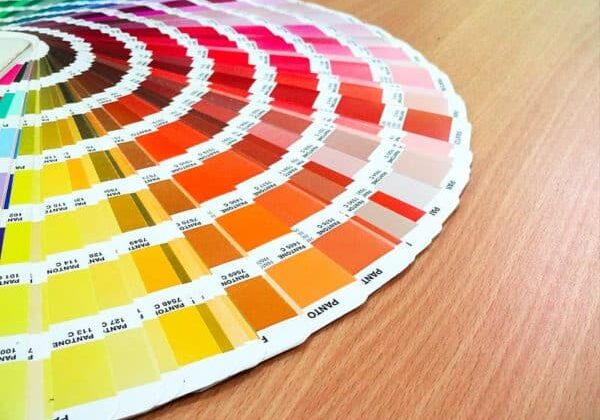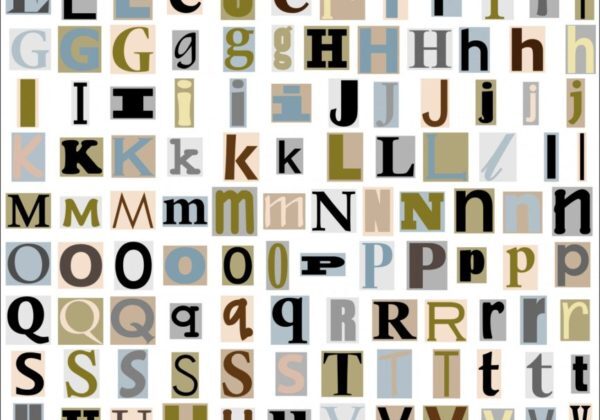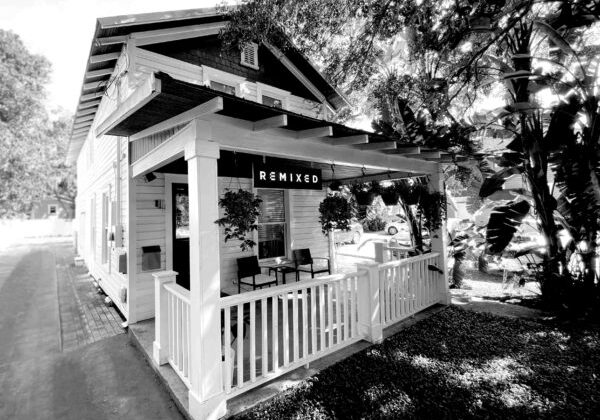Color psychology is the study of hues as a determinant of human behavior. Colors can cause certain emotional reactions, and even influence perceptions that are not necessarily conscious. Color psychology is used all around us, taking its cues from nature, and should be considered in marketing and branding. The following are just some common color associations.
- Blue – calm, tranquil, refreshing, stable, responsible, peaceful, relaxing, sad
- Green – environmental, healthy, lucky, growth, finances, harmony, soothing, renewal
- Purple – royal, luxurious, intriguing, magical, mysterious, military honor, wealth, spiritual
- Red – passionate, high energy, love, warmth, fire, war, anger, danger, confidence
- Orange – young, affordable, vitality, friendly, humorous, seasonal
- Yellow – energizing, happy, caution, youthful, playful, cheerful, friendly
- Pink – fun, feminine, upbeat, sweet, delicate, romantic, peaceful
- Gray – neutral, professional, efficient, formal, corporate
- Black – luxurious, powerful, formal, elegant, darkness, mysterious, sexual, creepy
- White – clean, pure, blank, simple, honorable, peaceful, bland, cold, young
- Brown – reliable, old-fashioned, earthy, masculine, natural, dependable, warm

4 Things to Consider When Embarking on a Rebrand
Your brand is the foundation of your business. It communicates who you are, what you do, and why you do it. But what happens when your brand no longer aligns with your business goals or fails to resonate with your target audience? This is where a rebrand can come into play. A rebrand can help…

5 Reasons Successful Branding Is Important
In today’s highly competitive marketplace, building a strong brand identity is crucial for businesses looking to stand out and connect with their target audience. A well-crafted brand strategy not only delivers a clear and compelling message but also creates an emotional connection with customers, reinforces credibility, and inspires loyalty. In this article, we’ll explore six…

Why Colors Matter
Choosing the right colors for your brand is a crucial step in building a strong and effective visual identity. While color preference is subjective, certain colors are associated with specific traits or emotions that can influence how your brand is perceived by your target audiences. Understanding color psychology and its impact on branding can help…

Different Applications of Graphic Design Skills
There are a lot of different possible applications for graphic design. Some graphic designers or agencies will specialize, or be niche-specific. However, many brands often require numerous avenues for approaching brand awareness. Since a branding agency concerns itself with your brand on a comprehensive level—from the tiniest details to the big picture—they can be a…

Typefaces & Fonts Do More Than Transmit Words
Do the typefaces and fonts you choose for your brand materials matter? As long as it’s in a language the audience understands, they’ll get the intended message, right? Wrong. Typefaces and fonts are essentially the shapes of the letters. Shapes are multi-sensory, meaning they affect more than one of your senses and can easily elicit…

6 Benefits of Choosing a Local Agency
When it comes to branding and marketing, choosing the right agency is crucial. While larger global agencies may seem like the obvious choice, working with a local agency can provide unique benefits that can make a big difference in the success of your branding efforts. In this article, we’ll explore six key reasons why working…

Advertising, Marketing, or Branding Agency?
Choosing an agency to help with your advertising, marketing, or branding needs can seem overwhelming. The agency you choose will play an important role in determining how your potential clients view your company. Which one do you need? If you imagine agencies in healthcare terms – marketing agencies are generalists (the basic needs), advertising agencies…

What is Brand Consistency and Why is it Important?
Brand consistency means always delivering messages aligned with the core brand values in the same tone, presenting the brand’s visual language in a consistent way, and repeating the same colors throughout the cohesive brand experience. Over time, these elements become ingrained in the minds of consumers, and they’re more likely to remember your brand. Brand…

